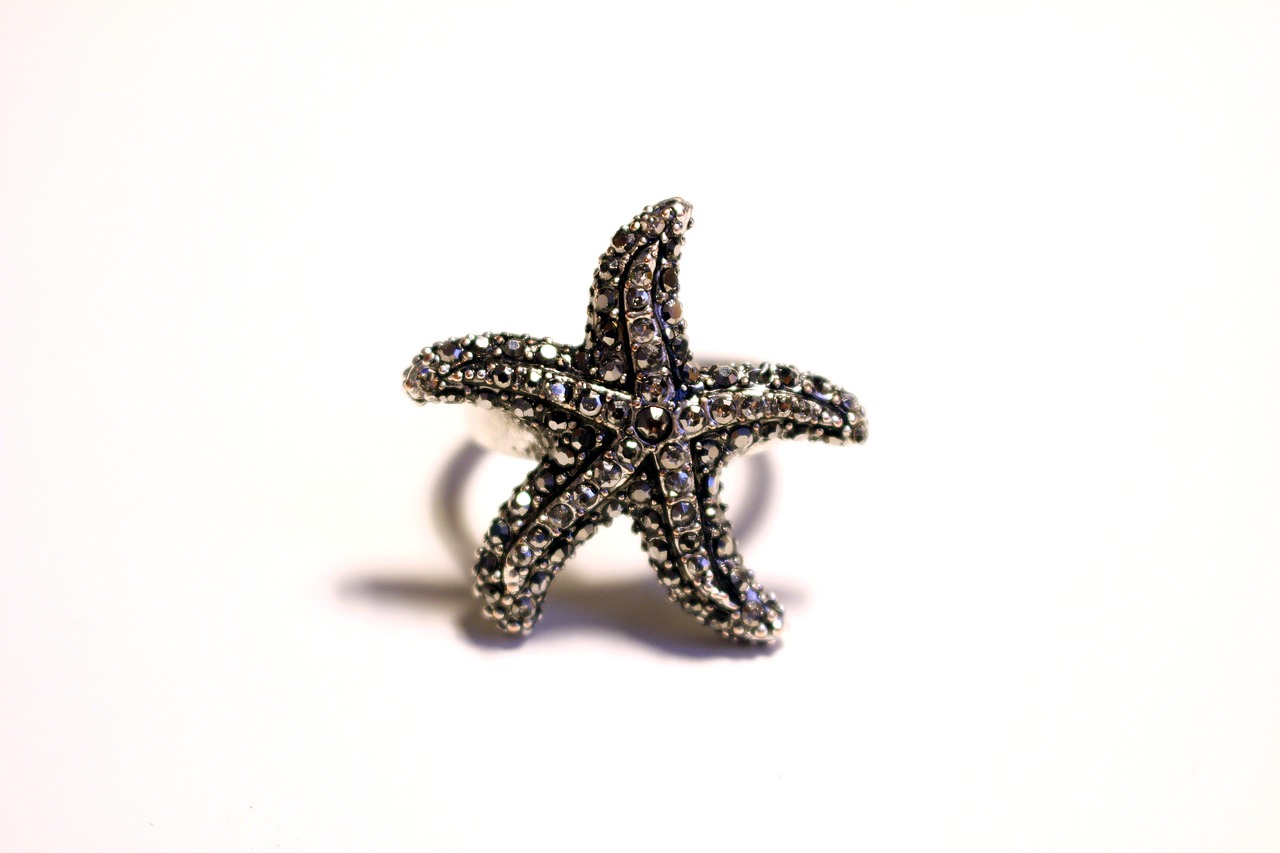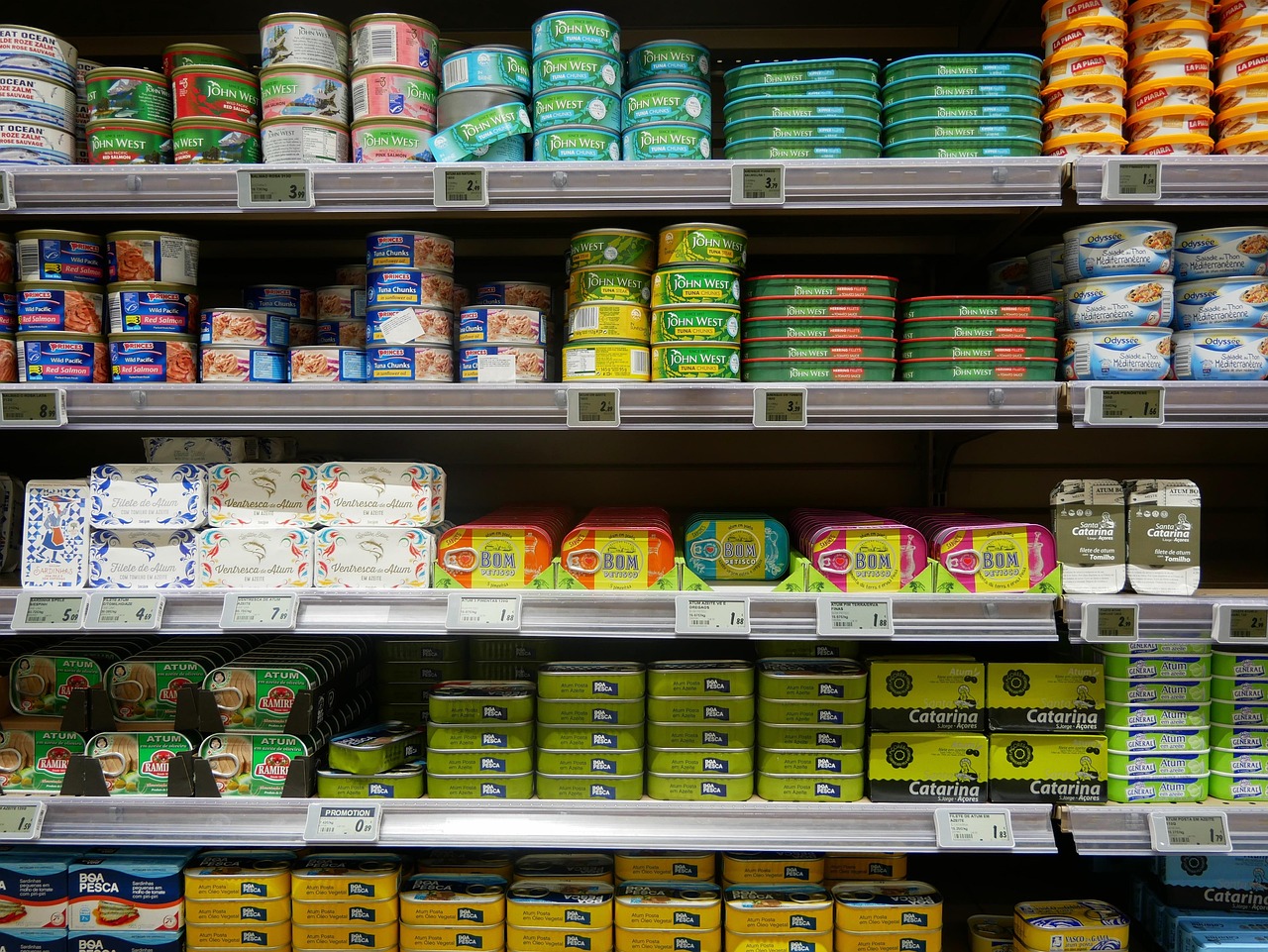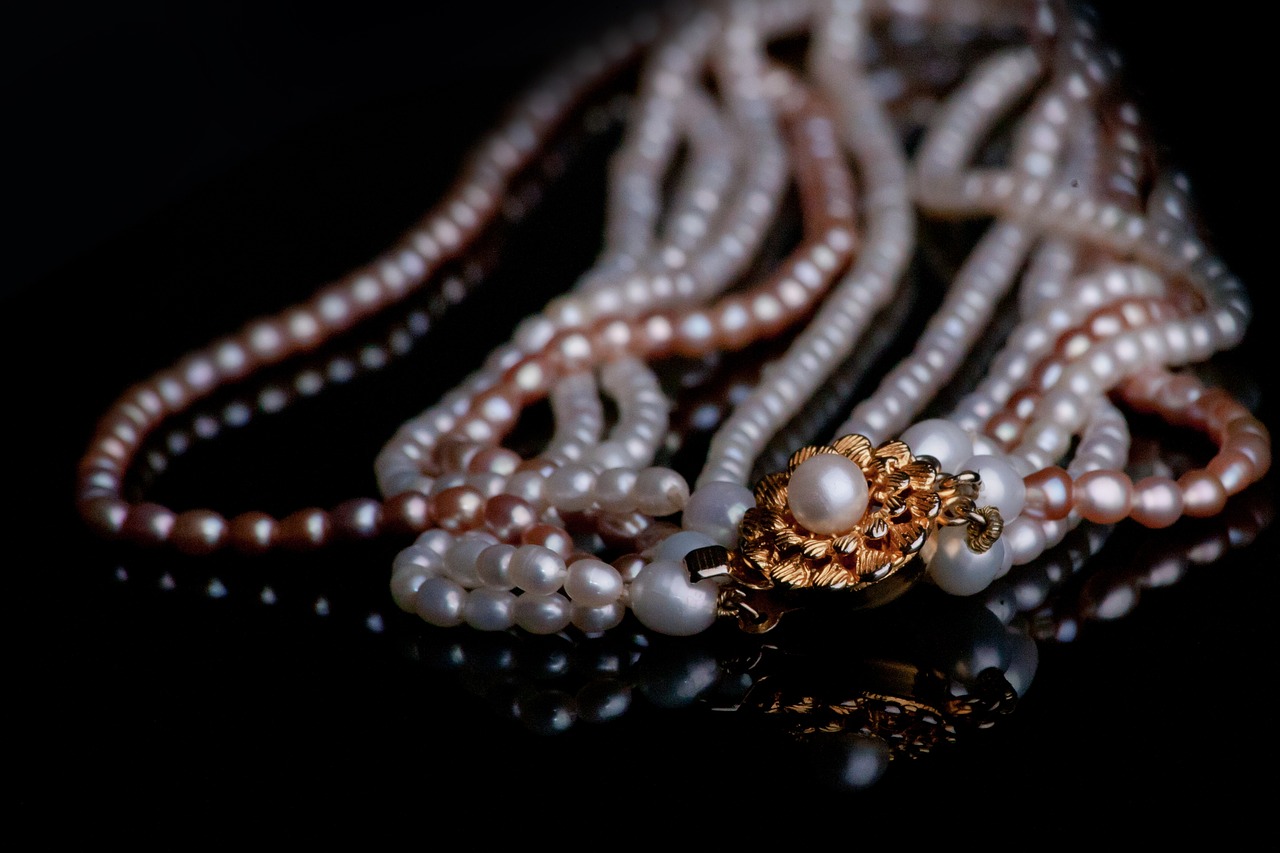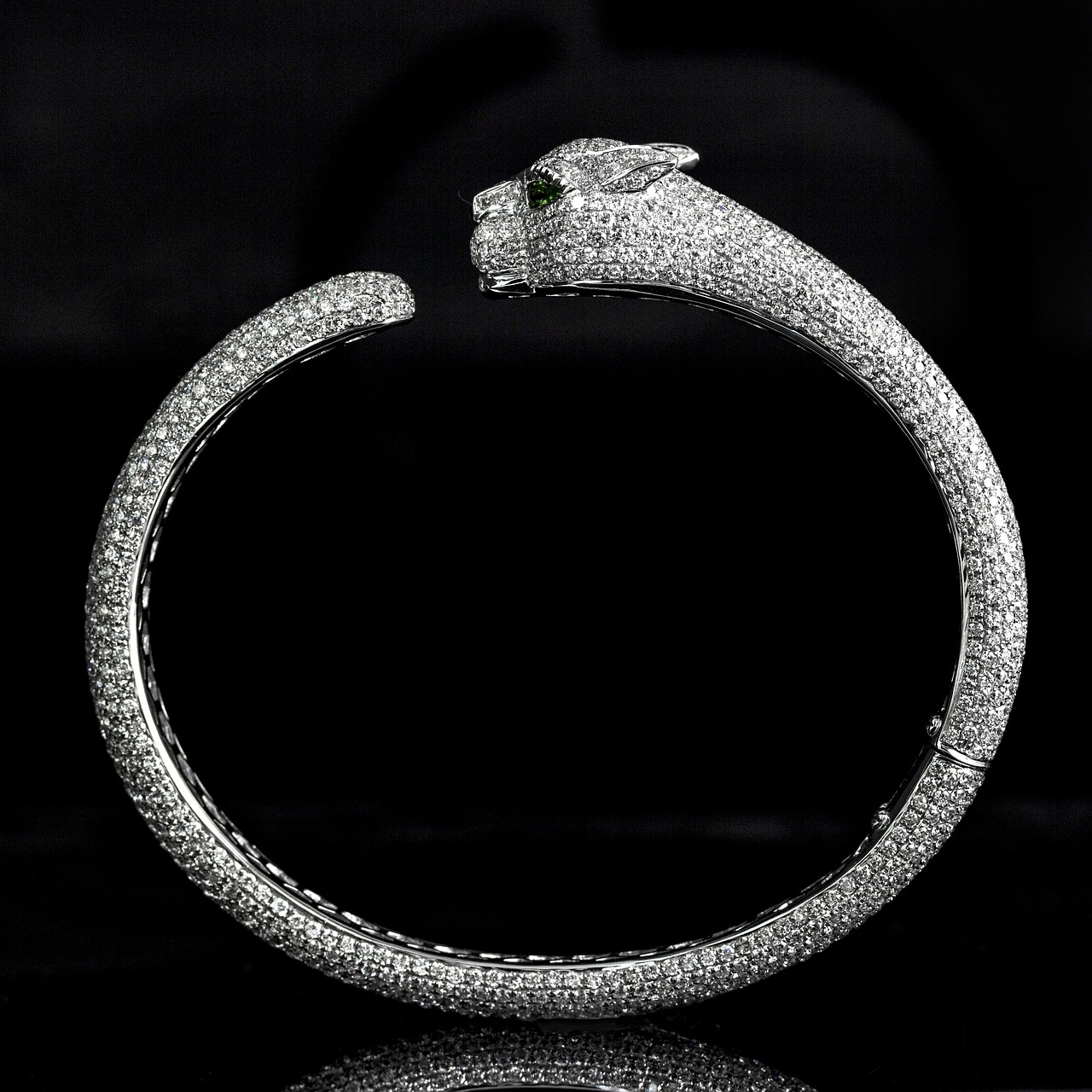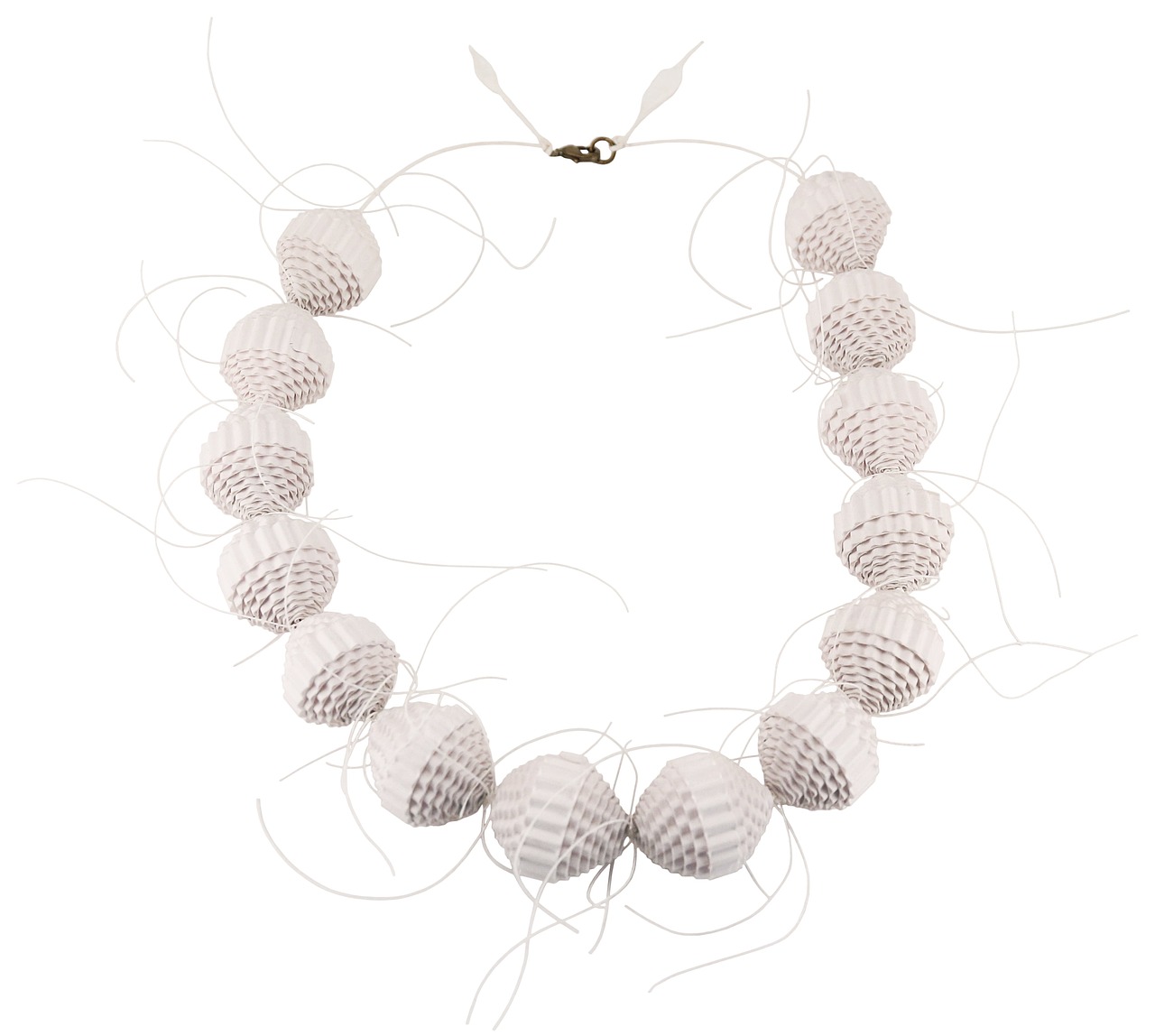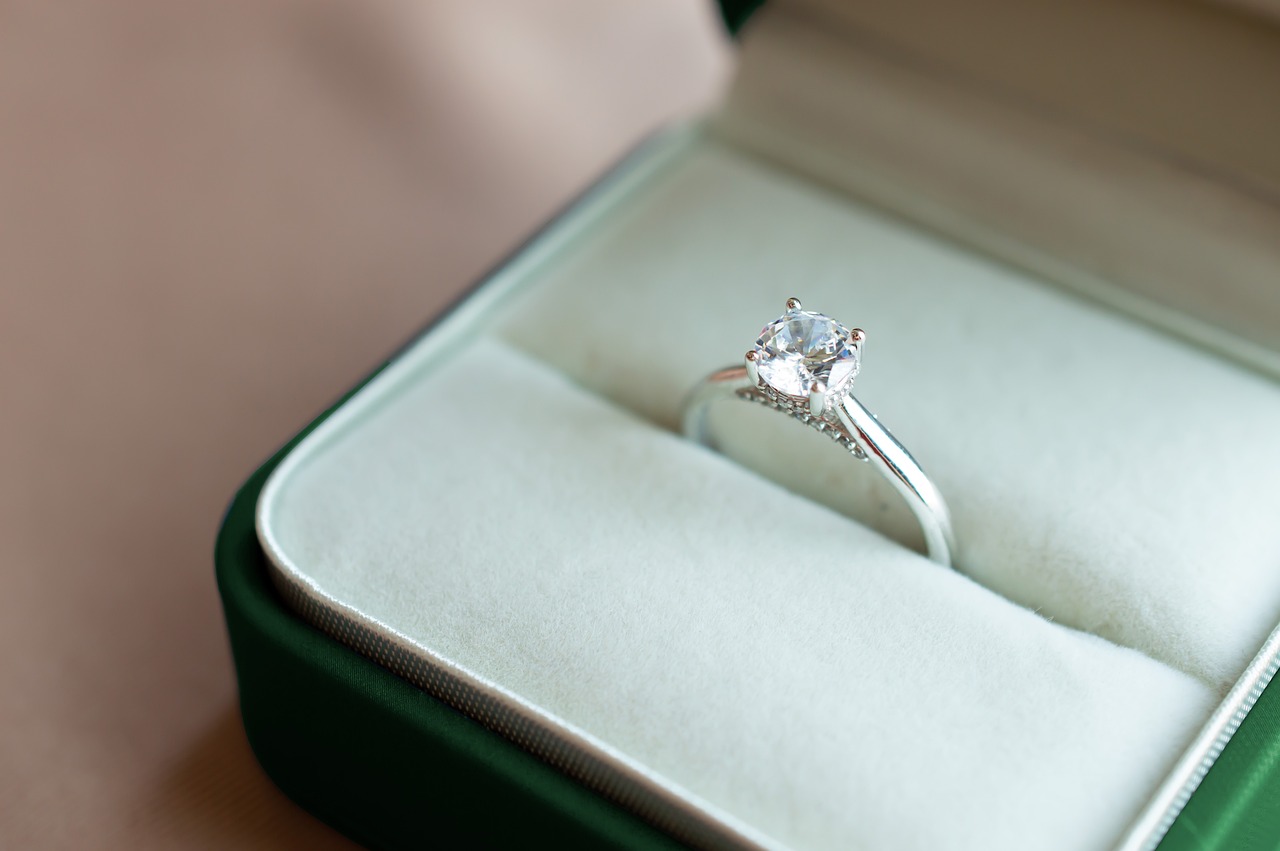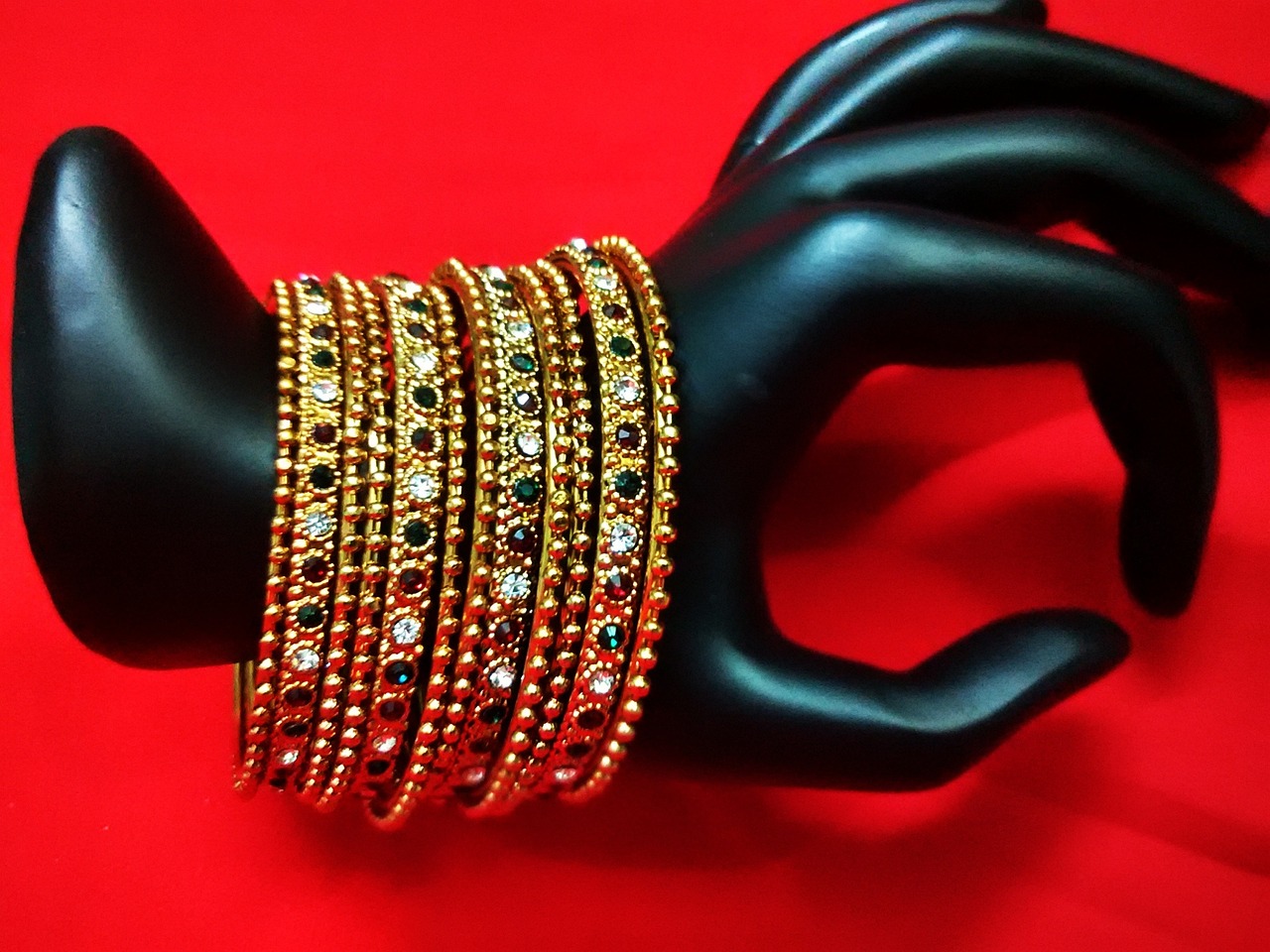This article delves into the breathtaking world of high-value jewelry auctions, where extraordinary pieces command staggering prices. The allure of these auctions lies not only in the stunning craftsmanship and rarity of the jewelry but also in the captivating stories that accompany each piece. From diamonds that have graced royal families to necklaces that symbolize significant historical moments, the world of high-value jewelry is rich with intrigue and fascination.
Understanding what contributes to a piece of jewelry’s value is essential for appreciating high-end auctions. Key factors include:
- Rarity: The fewer pieces available, the higher the value.
- Craftsmanship: Exceptional artistry and skill can elevate a piece’s worth.
- Historical Significance: Jewelry with a rich history or celebrity provenance often fetches higher prices.
The following is a list of the ten highest-priced jewelry items ever sold at auction:
- The Pink Star Diamond: A staggering 59.60-carat diamond that sold for $71.2 million in 2017, setting a record for any diamond.
- The Blue Moon Diamond: This exquisite 12.03-carat blue diamond fetched $48.4 million, known for its rare hue and flawless clarity.
- The Oppenheimer Blue Diamond: Weighing 14.62 carats, it sold for $57.5 million in 2016, recognized for its vivid blue color.
- The Red Emperor Diamond: A 5.05-carat red diamond that sold for $8 million, showcasing the rarity of red diamonds.
- The Imperial Green Jadeite Necklace: This stunning jadeite necklace adorned with diamonds sold for $8.28 million, highlighting jade’s cultural significance.
Several factors can significantly influence the final sale price of jewelry at auctions, including:
- Market Trends: Economic conditions and consumer demand can sway prices.
- Reputation of the Auction House: Esteemed auction houses often attract higher bids due to their credibility.
- Provenance: A piece’s history and previous ownership can greatly enhance its desirability and value.
Auction houses play a pivotal role in the sale of high-value jewelry. They provide expertise in valuation and marketing strategies, ensuring that each piece is presented in the best possible light. Exclusive events curated by these houses can attract high-profile bidders, further driving up prices.
Authenticating high-value jewelry is crucial for buyers. This process may involve:
- Appraisals: Professional evaluations to determine a piece’s market value.
- Certifications: Documentation proving the authenticity and quality of gemstones.
- Expert Evaluations: Insights from gemologists and appraisers can validate a piece’s provenance.
The luxury jewelry market is constantly evolving. Current trends are influenced by:
- Celebrities: High-profile endorsements can dramatically increase a piece’s visibility and desirability.
- Social Media: Platforms like Instagram showcase jewelry to a global audience, impacting consumer preferences.
- Changing Consumer Preferences: Sustainability and ethical sourcing are becoming increasingly important to buyers.
As technology advances, the future of high-value jewelry auctions may include:
- Online Bidding Platforms: Increasing accessibility for a broader audience.
- Virtual Showcases: Allowing potential buyers to view pieces from the comfort of their homes.
In conclusion, the world of high-value jewelry auctions is a captivating blend of art, history, and economics. Understanding the factors that contribute to the value of these pieces enhances appreciation and engagement in this fascinating market.
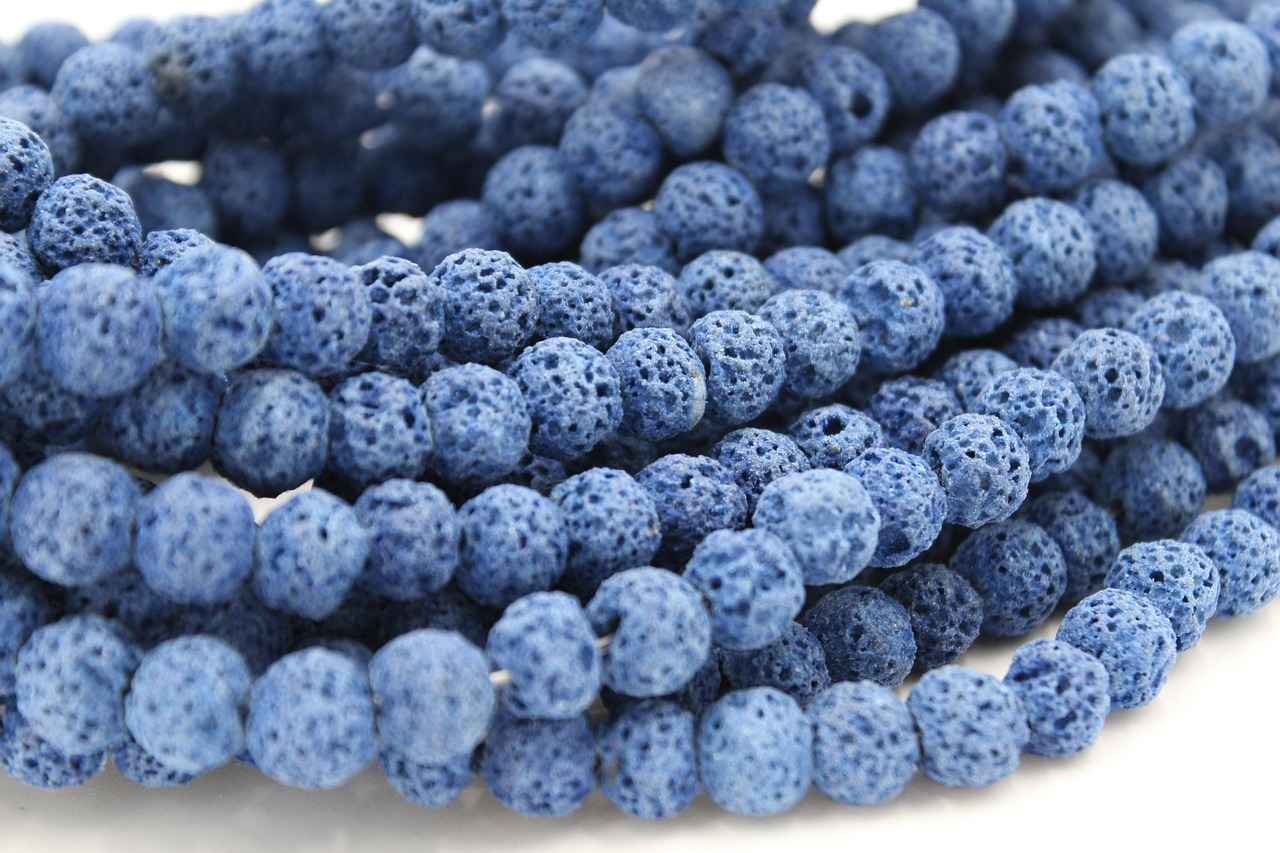
What Makes Jewelry Valuable?
When delving into the captivating world of jewelry, understanding what makes jewelry valuable is crucial for both collectors and casual enthusiasts alike. The value of a piece can be influenced by a myriad of factors, including rarity, craftsmanship, and historical significance. Each of these elements plays a vital role in determining not only the market price but also the emotional and cultural value attached to the jewelry.
The rarity of a gemstone or piece of jewelry significantly impacts its value. For instance, diamonds come in various colors and qualities, but certain hues, like pink and blue, are exceedingly rare. The Pink Star Diamond, for example, is a 59.60-carat diamond that sold for a staggering $71.2 million, largely due to its unique color and size. Similarly, red diamonds are among the rarest, which is why pieces like the Red Emperor Diamond command high prices at auctions.
Craftsmanship is another critical factor that contributes to a jewelry piece’s value. Exceptional skill and artistry in the creation of a piece can elevate its status significantly. High-quality materials combined with expert techniques lead to stunning designs that capture the attention of collectors. For instance, intricate settings and unique designs often increase a piece’s desirability, as seen in the Imperial Green Jadeite Necklace, which showcases both beauty and cultural significance.
The historical significance of a piece of jewelry can also enhance its value. Items with a rich backstory, such as those owned by royalty or celebrities, often fetch higher prices at auctions. The provenance of a piece, or its history of ownership, can add layers of meaning that resonate with buyers. For example, the Oppenheimer Blue Diamond not only boasts exceptional quality but also carries a narrative that appeals to collectors and historians alike.
Market trends play a pivotal role in determining auction prices for jewelry. Factors such as economic conditions, fashion trends, and consumer preferences can influence the desirability of certain pieces. For instance, the rise of social media has led to increased visibility for luxury items, often driving up demand and prices at auctions. Understanding these trends is essential for both buyers and sellers in the high-end jewelry market.
Auction houses serve as critical facilitators in the sale of high-value jewelry. Their expertise in valuation, marketing strategies, and curation of exclusive events can significantly impact the final sale price. Reputable auction houses often have established networks of collectors and investors, which can lead to competitive bidding and higher prices. For anyone looking to sell or purchase high-end jewelry, aligning with a respected auction house can be a game-changer.
The authentication of high-value jewelry is essential to ensure that buyers are investing in genuine pieces. This process typically involves appraisals, certifications, and expert evaluations. Buyers should seek out pieces that come with verified documentation to avoid potential pitfalls in the luxury market. Understanding the importance of authentication can protect buyers from fraudulent transactions and ensure the integrity of their investments.
The luxury jewelry market is ever-evolving, influenced by factors such as celebrity endorsements and changing consumer preferences. Keeping an eye on emerging trends can provide valuable insights for collectors and investors alike. Whether it’s the resurgence of vintage styles or the increasing demand for ethically sourced gems, staying informed can help individuals make educated decisions in the jewelry market.
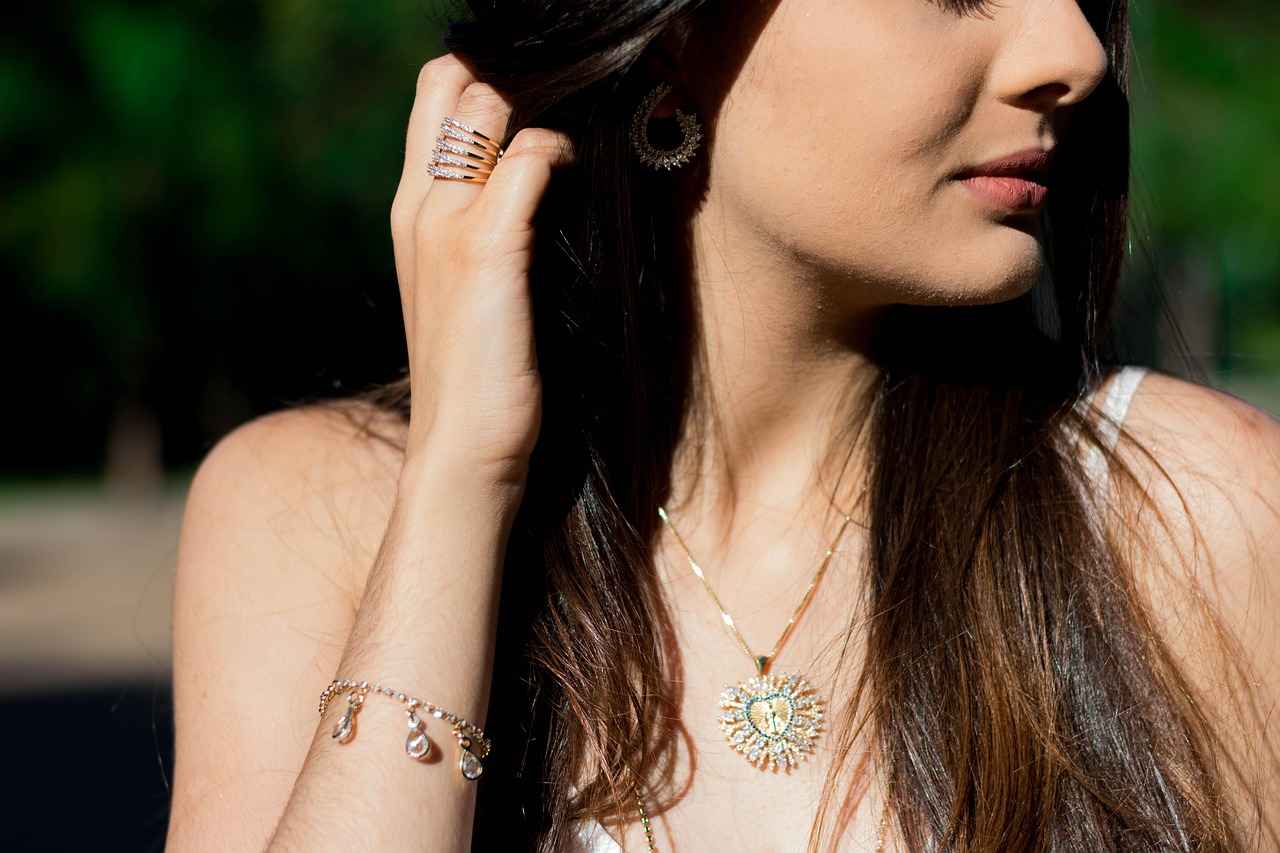
Top 10 Most Expensive Jewelry Pieces Sold at Auction
This section delves into the top ten most expensive jewelry pieces ever sold at auction, offering insights into their extraordinary features and the compelling reasons behind their staggering prices. Each piece tells a unique story, reflecting not only its physical beauty but also the historical and emotional significance that drives collectors to bid fervently.
- 1. The Pink Star Diamond: This breathtaking 59.60-carat diamond shattered records when it sold for an astonishing $71.2 million in 2017. Its mesmerizing pink hue and flawless clarity make it one of the rarest diamonds in existence.
- 2. The Blue Moon Diamond: Weighing in at 12.03 carats, this exquisite blue diamond captivated buyers with its unique color and exceptional quality, fetching $48.4 million at auction. Its rich history and stunning craftsmanship contribute to its allure.
- 3. The Oppenheimer Blue Diamond: Known for its vivid blue color, this 14.62-carat diamond sold for $57.5 million in 2016, setting a record for any blue diamond. Its previous ownership by renowned gemologist Sir Philip Oppenheimer adds to its prestige.
- 4. The Red Emperor Diamond: This rare 5.05-carat red diamond sold for $8 million, highlighting the extreme rarity of red diamonds in the market. Its vibrant color and limited availability make it a coveted piece for collectors.
- 5. The Imperial Green Jadeite Necklace: This stunning necklace, adorned with diamonds, fetched $8.28 million. The cultural significance of jade, particularly in Asian societies, enhances its value and desirability.
- 6. The Winston Blue: A remarkable 13.22-carat blue diamond, the Winston Blue sold for $23.8 million. Its deep blue color and flawless quality make it a standout piece, appealing to high-end collectors.
- 7. The The Red Cross Diamond: This 205-carat diamond, with its unique history and stunning color, sold for $8.4 million. Its association with charity and humanitarian efforts adds an emotional layer to its value.
- 8. The Graff Pink Diamond: This 24.78-carat pink diamond sold for $46 million. Its exceptional size and color make it one of the most sought-after diamonds, reflecting the pinnacle of luxury jewelry.
- 9. The Blue Belle of Asia: A 392.52-carat sapphire, this piece sold for $17.3 million. Its impressive size and captivating blue color make it a remarkable example of natural gemstones.
- 10. The Heart of Eternity Diamond: This 27.64-carat blue diamond sold for $16 million. Its heart shape and stunning color make it a romantic choice for collectors, symbolizing love and eternity.
These jewelry pieces are more than just adornments; they are investments that reflect the pinnacle of craftsmanship, rarity, and historical significance. The staggering prices achieved at auction underscore the intense competition among collectors and investors, each vying for a piece of history that resonates with their personal narratives.
As the luxury jewelry market continues to evolve, these extraordinary pieces remain at the forefront, captivating audiences and inspiring future generations of collectors. The stories behind each sale not only highlight the beauty of the jewelry but also the passion and dedication of those who seek to own a piece of the extraordinary.
1. The Pink Star Diamond
The world of high-value jewelry is a captivating realm where beauty meets investment. Among the most extraordinary pieces is the Pink Star Diamond, a remarkable gemstone that has not only dazzled collectors but also made history.
The Pink Star is a breathtaking 59.60-carat diamond, renowned for its stunning pink hue and exceptional clarity. This magnificent gemstone was cut into a fancy vivid pink shape, which is extremely rare in the world of diamonds. Its unique color and size contribute significantly to its value, making it a true masterpiece of nature.
In 2017, the Pink Star Diamond achieved an astonishing auction price of $71.2 million, setting the record for the highest price ever paid for a diamond at auction. This remarkable sale took place at a Sotheby’s auction in Hong Kong, where it captured the attention of collectors and investors alike. The bidding frenzy that ensued highlighted the diamond’s rarity and desirability, ultimately leading to its record-breaking sale.
- Rarity: Pink diamonds are among the rarest gemstones on Earth, with only a handful of significant stones ever discovered.
- Color: The Pink Star’s vivid pink hue is not only visually striking but also indicative of its high quality.
- Size: At 59.60 carats, it is one of the largest pink diamonds ever graded by the Gemological Institute of America (GIA).
- Craftsmanship: The diamond’s cut and polish enhance its brilliance, showcasing the skill of the craftsmen involved in its creation.
The Pink Star was purchased by Hong Kong jeweler Chow Tai Fook, a company known for its luxurious jewelry pieces. The acquisition of the Pink Star not only marked a significant investment but also a commitment to preserving and showcasing this extraordinary gem.
Before its auction, the Pink Star was originally mined from the Argyle mine in Australia, which is famous for producing some of the world’s most exquisite pink diamonds. Its journey from the mine to the auction block is a testament to the diamond’s storied history and the allure of owning such a rare piece.
As the demand for pink diamonds continues to rise, the Pink Star Diamond serves as a benchmark for future sales. Experts believe that the value of such rare diamonds will only increase as they become even scarcer. Collectors and investors are keenly watching the market trends, anticipating that unique pieces like the Pink Star will continue to attract significant attention and investment.
The Pink Star Diamond is not just a gemstone; it is a symbol of luxury, rarity, and investment potential. Its record-breaking sale has solidified its place in history, and it serves as a reminder of the extraordinary beauty and value that high-end jewelry can offer. As collectors continue to seek out unique pieces, the legacy of the Pink Star will undoubtedly inspire future generations of jewelry enthusiasts.
2. The Blue Moon Diamond
The world of luxury jewelry is filled with breathtaking masterpieces, and among these, the Blue Moon Diamond stands out as a symbol of opulence and rarity. This stunning gemstone, weighing an impressive 12.03 carats, is not just a diamond; it is a remarkable work of nature that has captured the hearts of collectors and enthusiasts alike.
The value of the Blue Moon Diamond can be attributed to several key factors:
- Rarity: Blue diamonds are among the rarest gemstones in the world. The unique hue of the Blue Moon Diamond, characterized by its deep, vivid blue color, sets it apart from other diamonds.
- Flawless Clarity: This diamond boasts an exceptional clarity grade, which means it is virtually free of inclusions or blemishes. Such quality is exceedingly rare and significantly enhances its value.
- Provenance: The Blue Moon Diamond was originally acquired by a private collector, and its journey through various auctions adds to its allure and desirability.
In November 2015, the Blue Moon Diamond was sold at auction for a staggering $48.4 million. This sale captivated the jewelry world, not only for the price but also for the story behind the diamond. The auction took place at Sotheby’s in Hong Kong, where it was presented as one of the highlights of the event. The intense bidding war that ensued was a testament to the diamond’s exceptional qualities.
Unlike traditional diamonds, the Blue Moon Diamond’s color is a result of the presence of boron within its crystal structure. This rare characteristic gives it a captivating blue hue that is both deep and vibrant. Furthermore, its cushion cut enhances its brilliance and sparkle, making it a true masterpiece of gemology.
The auction for the Blue Moon Diamond attracted a variety of bidders, including wealthy collectors, investors, and enthusiasts from around the globe. The intense competition among these bidders reflects the diamond’s status as one of the most coveted jewels in the world.
The Blue Moon Diamond has not only made waves in the auction world but has also captured the imagination of the public. Its remarkable beauty and high-profile sale have been featured in various media outlets, further solidifying its place in the cultural zeitgeist. Additionally, the diamond’s connection to luxury and exclusivity makes it a symbol of wealth and prestige.
As the luxury jewelry market continues to evolve, the Blue Moon Diamond is expected to maintain its status as a highly sought-after piece. Its rarity and beauty will likely ensure that it remains a focal point in future auctions and exhibitions. Collectors and investors will continue to view it as a valuable asset, further driving interest and prices in the high-end jewelry market.
In summary, the Blue Moon Diamond is not just a remarkable gemstone; it is a testament to the artistry of nature and the allure of luxury. With its record-breaking auction price and captivating history, it stands as one of the most extraordinary jewels ever created.
3. The Oppenheimer Blue Diamond
The world of high-value jewelry is captivating, filled with stunning pieces that not only dazzle the eye but also command astronomical prices at auctions. Among these remarkable jewels, the Oppenheimer Blue Diamond stands out as a symbol of luxury and exclusivity.
The Oppenheimer Blue Diamond, weighing an impressive 14.62 carats, is celebrated for its vivid blue hue and exceptional clarity. This exquisite diamond was named after Sir Philip Oppenheimer, a prominent figure in the diamond industry, whose family played a significant role in the diamond trade for generations. The diamond’s stunning color is attributed to the presence of boron, which gives it that distinctive blue shade.
At a record-breaking auction in 2016, the Oppenheimer Blue Diamond sold for an astonishing $57.5 million. This sale not only set a record for the highest price ever paid for a blue diamond but also highlighted several factors that contribute to a gemstone’s value:
- Rarity: Blue diamonds are among the rarest gemstones in the world, and the Oppenheimer Blue is particularly unique due to its size and color.
- Quality: The diamond boasts an impeccable cut, clarity, and color grade, making it a top-tier gemstone.
- Provenance: Its connection to the Oppenheimer family adds historical significance, enhancing its appeal to collectors.
The Oppenheimer Blue is not just another blue diamond; it is a testament to the pinnacle of gemological excellence. Its vibrant color is often described as “fancy vivid blue,” which is the highest classification for colored diamonds. This classification is crucial for collectors and investors, as it directly influences the diamond’s market value.
When compared to other iconic diamonds, such as the Hope Diamond or the Blue Moon Diamond, the Oppenheimer Blue holds its own. While the Hope Diamond is renowned for its storied past and supposed curse, and the Blue Moon Diamond is celebrated for its flawless clarity, the Oppenheimer Blue stands out for its combination of size, color, and historical significance.
The sale of the Oppenheimer Blue Diamond at such a high price has significant implications for the luxury jewelry market. It sets a new benchmark for blue diamonds and influences the pricing of similar stones in the future. Additionally, it underscores the growing interest in colored diamonds among collectors and investors, indicating a shift in market trends.
The Oppenheimer Blue Diamond is more than just a gemstone; it represents a legacy of excellence in the diamond industry. Its record-breaking sale reflects the evolving landscape of high-value jewelry auctions, where rarity and provenance play crucial roles in determining value. As collectors continue to seek unique and stunning pieces, the Oppenheimer Blue will undoubtedly remain a focal point in discussions about the most expensive jewelry ever sold at auction.
4. The Red Emperor Diamond
The world of high-value jewelry is a fascinating realm where rarity and exquisite craftsmanship converge, creating pieces that not only dazzle the eye but also command staggering prices at auction. Among these treasures, the Red Emperor Diamond stands out as a remarkable example of both rarity and desirability.
The Red Emperor Diamond is a stunning 5.05-carat gemstone that has captivated collectors and investors alike. Its vibrant red hue is a testament to its uniqueness, as red diamonds are among the rarest gemstones in the world. In fact, the occurrence of red diamonds is so limited that they account for less than 0.01% of all diamonds mined. This scarcity significantly contributes to their high auction value.
At a recent auction, the Red Emperor Diamond fetched an impressive $8 million. This sale not only highlighted the diamond’s exceptional quality and rarity but also underscored the growing demand for colored diamonds in the luxury market. The auction attracted significant attention from both seasoned collectors and new investors, eager to add such a prestigious piece to their portfolios.
- Rarity: As mentioned, red diamonds are incredibly rare, making them highly sought after.
- Color Intensity: The intensity of the red color can vary, and diamonds with deeper hues are generally more valuable.
- Historical Significance: Many red diamonds have fascinating stories and provenance that enhance their appeal.
Buyers of high-value diamonds like the Red Emperor typically include wealthy collectors, investors, and institutions looking to diversify their portfolios. The allure of owning such a rare piece often transcends mere investment; it represents a status symbol and a passion for unique artistry.
The final sale price of diamonds at auction is influenced by several factors:
- Market Trends: The demand for colored diamonds has surged in recent years, driving prices higher.
- Provenance: Diamonds with a well-documented history often command higher prices.
- Condition: The quality of the cut, clarity, and color intensity all play crucial roles in determining value.
Investing in rare diamonds, such as the Red Emperor, requires careful consideration and research. Potential investors should:
1. Understand the rarity and market demand for specific diamond types.2. Consult with experts or appraisers to verify authenticity and value.3. Keep abreast of auction results to gauge market trends.4. Consider the long-term value and potential appreciation of the diamond.
As the luxury jewelry market continues to evolve, colored diamonds are expected to gain even more prominence. With increasing interest from younger generations and a growing appreciation for unique gemstones, the future looks bright for rare diamonds like the Red Emperor.
In conclusion, the Red Emperor Diamond is not just a beautiful gemstone; it is a symbol of rarity, investment potential, and the exquisite craftsmanship that defines the world of high-value jewelry. Its sale for $8 million at auction is a testament to the enduring allure of colored diamonds, making it a significant milestone in the realm of luxury jewelry.
5. The Imperial Green Jadeite Necklace
The world of high-value jewelry auctions is filled with breathtaking pieces that tell stories of culture, craftsmanship, and rarity. Among these treasures, the Imperial Green Jadeite Necklace stands out not only for its exquisite beauty but also for its remarkable sale price of $8.28 million. This piece exemplifies the profound cultural significance of jade in jewelry, particularly in Asian traditions.
The Imperial Green Jadeite Necklace is a stunning representation of jadeite, a type of jade that is highly prized for its vibrant green color and translucence. The necklace is not just a piece of jewelry; it is a symbol of status, beauty, and heritage. Jade has been revered for centuries in Chinese culture, often associated with virtues such as purity and moral integrity.
- Rarity: Jadeite is significantly rarer than other forms of jade, making pieces like this necklace highly sought after.
- Craftsmanship: The intricate design and expert craftsmanship enhance its appeal, showcasing the skill of the artisans who created it.
- Cultural Significance: Jade is deeply embedded in Asian culture, often used in ceremonies and as a symbol of good fortune.
- Provenance: The necklace’s history and previous ownership can add to its allure and market value.
When the Imperial Green Jadeite Necklace was auctioned, it attracted significant attention from collectors and investors alike. The auction house expertly marketed the piece, highlighting its unique features and the story behind its creation. Bidders were captivated by the necklace’s beauty, and the competitive bidding process ultimately drove the final price to an astounding $8.28 million.
The record sale of the Imperial Green Jadeite Necklace reflects the growing demand for high-end jewelry, particularly pieces that carry cultural significance. As collectors become more discerning, they seek out items that not only possess aesthetic appeal but also tell a story. This trend indicates a shift in the luxury jewelry market, where emotional and cultural connections are becoming increasingly important.
Yes, the Imperial Green Jadeite Necklace is not alone in its prominence. Other notable jadeite pieces have also fetched impressive prices at auction, demonstrating the allure of this precious stone. Collectors often seek out jadeite bangles, earrings, and rings that exhibit similar qualities of rarity and craftsmanship.
For those interested in acquiring jadeite jewelry, it is crucial to authenticate pieces before purchase. Buyers should seek out reputable jewelers and auction houses that provide documentation and certification of authenticity. Additionally, understanding the characteristics of genuine jadeite, such as its color, texture, and translucence, can help in making informed purchasing decisions.
The future of jadeite in jewelry auctions looks promising, with increasing global interest in this unique stone. As more collectors recognize the cultural and financial value of jadeite, we can expect to see even higher prices at auctions. Furthermore, as technology continues to evolve, online auctions may provide greater access to jadeite pieces for a broader audience, making this exquisite jewelry more available than ever.

What Influences Auction Prices?
The world of jewelry auctions is both fascinating and complex, with numerous elements determining the final sale price of exquisite pieces. Understanding these factors can provide insight into why certain items command staggering amounts while others may not reach their expected value.
Market trends play a significant role in influencing the auction prices of jewelry. Economic conditions, fashion trends, and consumer demand can fluctuate, affecting how much buyers are willing to spend. For instance, during a booming economy, luxury items often see a surge in demand, driving prices up. Conversely, in times of economic downturn, buyers may be more cautious, leading to lower auction prices.
The auction house’s reputation is another crucial factor in determining jewelry prices. Esteemed auction houses like Sotheby’s and Christie’s have established credibility and a loyal clientele, which can significantly influence bidding behavior. A well-respected auction house can attract serious collectors, leading to competitive bidding wars that elevate the final sale price. In contrast, lesser-known auction houses may struggle to garner the same level of interest, resulting in lower prices.
The provenance of a jewelry piece—its history of ownership—greatly impacts its value. Pieces with a notable history, such as those once owned by celebrities or royalty, often fetch higher prices at auction. Buyers are drawn to the stories behind these pieces, adding an emotional element to their purchase. For example, a necklace once worn by a famous actress may not only be valued for its craftsmanship but also for its historical significance, making it more desirable to collectors.
Rarity is a fundamental aspect of jewelry valuation. Pieces that feature unique designs, rare gemstones, or limited editions are often more sought after. For example, a diamond with an unusual color or cut can command a much higher price than more common varieties. Collectors are often willing to pay a premium for items that are one-of-a-kind or part of a limited collection, making rarity a key driver of auction prices.
The condition and quality of the jewelry are paramount in determining its auction price. Items that are well-preserved and exhibit exceptional craftsmanship are more likely to attract higher bids. Factors such as the clarity of gemstones, the quality of the setting, and any signs of wear or damage can significantly impact a piece’s final sale price. A thorough appraisal is often conducted to assess these elements before the auction.
Effective marketing and presentation can also influence auction prices. High-quality photographs, detailed descriptions, and compelling storytelling can entice potential buyers and create a sense of urgency. Auction houses often invest in marketing strategies to highlight the unique features of each piece, increasing the likelihood of competitive bidding. The way a piece is displayed during the auction can also affect its perceived value, with well-presented items often attracting more attention.
Understanding buyer motivation is essential in the auction landscape. Different buyers have varied reasons for participating in auctions, from investment potential to personal enjoyment. Some buyers may be motivated by the desire to own a piece of history, while others may view jewelry as a financial investment. This diverse motivation can lead to unpredictable bidding patterns, impacting the final sale price.
In summary, the final sale price of jewelry at auctions is influenced by a multitude of factors, including market trends, the reputation of the auction house, provenance, rarity, condition, marketing efforts, and buyer motivations. By understanding these elements, both buyers and sellers can navigate the intricate world of jewelry auctions more effectively.
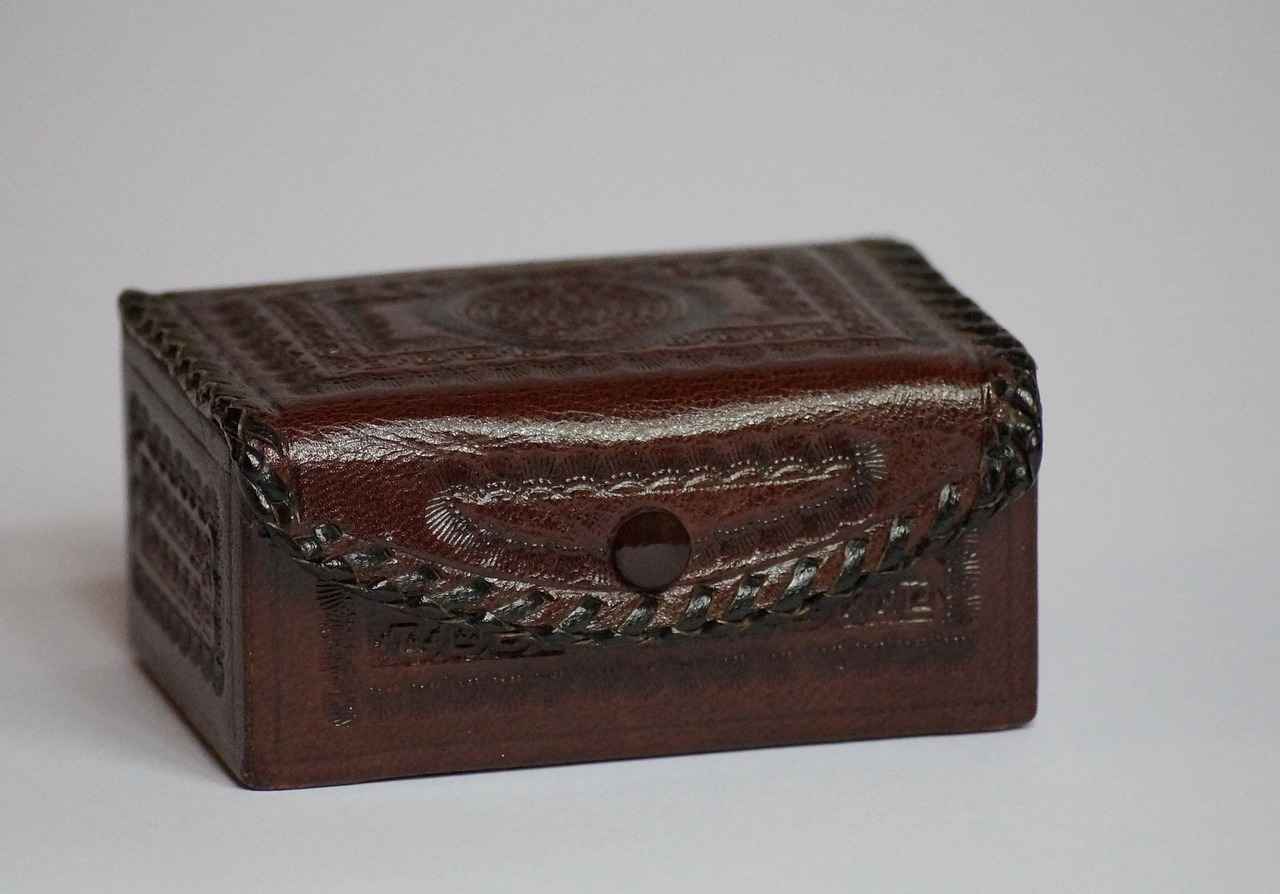
The Role of Auction Houses in Jewelry Sales
In the realm of luxury jewelry, auction houses serve as essential facilitators, bridging the gap between sellers and buyers in a market characterized by high-value transactions. Their expertise goes beyond merely hosting events; they provide invaluable services that significantly enhance the buying and selling experience.
Auction houses bring a wealth of knowledge to the table, including:
- Valuation Expertise: Professional appraisers assess the worth of each piece, considering factors such as rarity, craftsmanship, and historical significance. This ensures that items are priced appropriately, attracting serious bidders.
- Marketing Strategies: Effective marketing is crucial in high-value auctions. Auction houses employ sophisticated techniques to promote jewelry, utilizing both traditional media and digital platforms to reach a global audience.
- Exclusive Events: By curating exclusive events, auction houses create an atmosphere of prestige and excitement, encouraging high-profile buyers to participate. These events often feature private viewings and auctions that enhance the perceived value of the items.
For sellers, auction houses provide a streamlined process for selling high-value jewelry. They handle everything from authentication to marketing, allowing sellers to focus on their next investment. Buyers, on the other hand, benefit from the assurance that they are purchasing genuine pieces, as auction houses often provide certificates of authenticity and detailed provenance.
The influence of auction houses extends into market trends as well. They often set benchmarks for pricing in the jewelry market, and the results of high-profile auctions can lead to shifts in demand and value perceptions. For instance, when a rare piece fetches an unexpectedly high price, it can spark interest in similar items, leading to increased auctions and sales of comparable jewelry.
Provenance, or the history of ownership of a piece, plays a significant role in its value. Auction houses meticulously document the lineage of each item, which not only enhances its desirability but also assures buyers of its authenticity. This attention to detail is a key factor in the success of high-value auctions.
With the luxury jewelry market continually evolving, auction houses are adapting by embracing technology and digital platforms. Online auctions and virtual showcases have become increasingly popular, allowing a broader audience to participate in high-value transactions. This shift not only makes luxury jewelry more accessible but also opens new avenues for marketing and sales.
Despite their expertise, auction houses face challenges such as fluctuating market conditions and the need to maintain credibility. The rise of counterfeit jewelry and the importance of maintaining a trustworthy reputation are critical for their ongoing success. Continuous education and adaptation to market trends are essential for auction houses to remain relevant and effective.
In summary, auction houses are integral to the high-value jewelry market, offering expertise in valuation, marketing, and event curation. Their role extends beyond mere facilitation, as they actively shape market trends and consumer preferences. By providing a trusted platform for buyers and sellers alike, auction houses ensure that the world of luxury jewelry remains vibrant and dynamic.

How to Authenticate High-Value Jewelry?
When investing in high-value jewelry, authentication is an essential step that buyers must take to ensure they are acquiring genuine pieces. The world of luxury jewelry is filled with intricate designs and precious materials, making it a prime target for counterfeiters. Therefore, understanding how to authenticate these valuable items can save buyers from making costly mistakes.
Authenticating high-value jewelry is crucial for several reasons:
- Investment Protection: Ensuring that the piece is genuine protects your financial investment.
- Resale Value: Authentic items tend to hold their value better and are easier to sell in the future.
- Historical Significance: Many pieces come with a rich history that adds to their allure and value.
The authentication process typically includes several steps:
- Professional Appraisals: Engaging a certified appraiser can provide an expert evaluation of the jewelry’s value and authenticity.
- Certification: Look for pieces that come with certificates from reputable organizations, confirming their authenticity and quality.
- Expert Evaluations: Consulting with gemologists or jewelry experts can yield insights into the materials and craftsmanship of the piece.
Buyers can also take several practical steps to identify authenticity:
- Check Hallmarks: Genuine jewelry often features hallmarks or stamps indicating the metal’s purity and the manufacturer’s mark.
- Examine the Craftsmanship: Authentic pieces typically exhibit superior craftsmanship, with attention to detail that is hard to replicate.
- Request Documentation: Always ask for any available documentation, such as previous appraisals or certificates of authenticity.
When assessing high-value jewelry, be aware of the following red flags that may indicate a counterfeit:
- Inconsistent Pricing: If the price seems too good to be true, it often is.
- Poor Quality: Look for signs of cheap materials or sloppy craftsmanship.
- Lack of Provenance: Genuine pieces usually come with a documented history or provenance.
If you’re unsure about the authenticity of a piece, there are several resources available:
- Reputable Jewelers: Established jewelers often have the expertise to authenticate jewelry.
- Gemological Laboratories: Institutions like the Gemological Institute of America (GIA) provide professional grading and certification services.
- Online Platforms: Some online platforms offer authentication services for luxury items, connecting buyers with experts.
In conclusion, the authentication of high-value jewelry is a critical process that ensures buyers are making informed investments. By understanding the steps involved, recognizing red flags, and seeking expert help, buyers can navigate the luxury jewelry market with confidence.
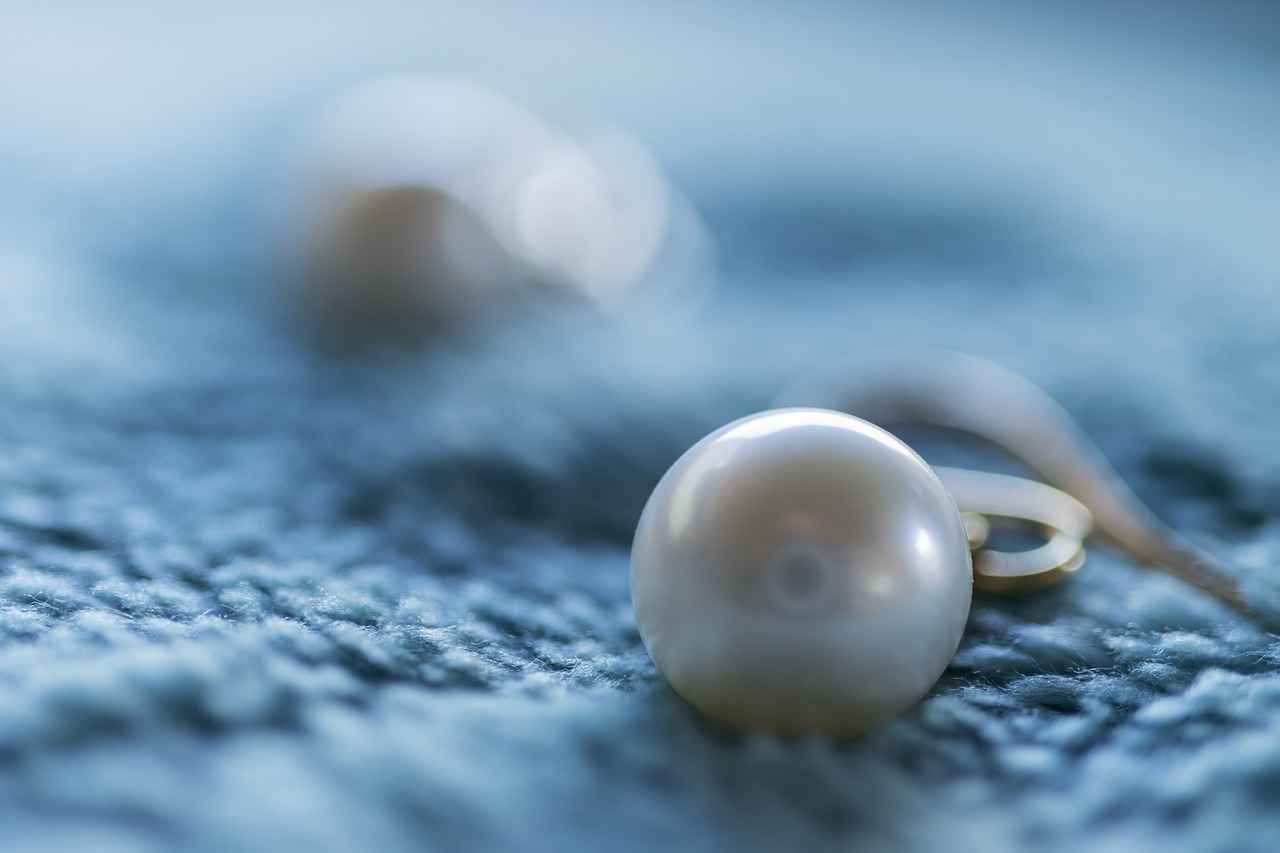
Trends in the Luxury Jewelry Market
The luxury jewelry market is a dynamic and ever-changing landscape that reflects not only the tastes of affluent consumers but also the broader cultural and economic shifts occurring globally. In recent years, we have witnessed a significant transformation in how jewelry is perceived, marketed, and sold, greatly influenced by various factors such as celebrity endorsements, the rise of social media, and evolving consumer preferences.
Celebrity endorsements play a pivotal role in the luxury jewelry sector. When a high-profile figure is seen wearing a particular piece, it can instantly become a trend. For instance, the likes of Rihanna and Kim Kardashian have been known to influence jewelry sales dramatically. Their choices often set off a ripple effect, leading to increased demand for similar styles among consumers eager to emulate their favorite stars.
Social media platforms like Instagram and Pinterest have revolutionized how jewelry brands connect with consumers. Brands now utilize these platforms to showcase their collections, engage with audiences, and create a buzz around new launches. The visual nature of these platforms allows for striking imagery that captures the essence of luxury, making it easier for consumers to envision themselves wearing these exquisite pieces.
Today’s consumers are increasingly drawn to unique and personalized pieces, steering away from conventional styles. This shift in preference has led to a rise in the value of bespoke jewelry, which often fetches higher prices at auctions. Additionally, the demand for ethically sourced materials has prompted many luxury brands to adopt sustainable practices, further influencing auction prices as buyers prioritize transparency and responsibility.
- Vintage and Antique Styles: There is a growing interest in vintage and antique jewelry, with many collectors seeking pieces that tell a story and offer historical significance.
- Colored Gemstones: While diamonds remain a staple, colored gemstones are gaining traction, with consumers opting for pieces that feature sapphires, emeralds, and rubies.
- Minimalist Designs: In contrast to the opulence of the past, minimalist designs are becoming increasingly popular, appealing to those who prefer subtlety over extravagance.
Auction houses are adapting to these trends by curating collections that reflect current consumer interests. They are also employing advanced marketing techniques, including online auctions and virtual showcases, to reach a broader audience. By understanding the market dynamics, these houses can effectively position high-value pieces to attract discerning buyers.
As technology continues to evolve, the future of luxury jewelry auctions looks promising. Online platforms are likely to become the norm, allowing for greater accessibility and participation from a global audience. This shift may also lead to more competitive bidding, influencing future auction prices and trends.
In summary, the luxury jewelry market is experiencing a fascinating evolution, driven by celebrity influence, social media engagement, and shifting consumer preferences. As these trends continue to shape the landscape, both buyers and sellers must stay informed to navigate this dynamic environment successfully.

Future of High-Value Jewelry Auctions
The world of high-value jewelry auctions is on the brink of a significant transformation. As technology continues to advance, we are witnessing a shift towards more accessible and inclusive auction environments. This evolution is primarily driven by the emergence of online bidding platforms and virtual showcases, which allow a broader audience to participate in the luxury jewelry market.
Online bidding platforms are revolutionizing the way collectors and enthusiasts engage with high-value jewelry auctions. These platforms provide a user-friendly interface that allows bidders from around the globe to place bids in real-time. This accessibility is particularly important as it opens up opportunities for those who may not have been able to attend traditional auctions due to geographical or financial constraints.
Virtual showcases offer an immersive experience for potential buyers. Through high-definition images and 360-degree views, bidders can closely examine the intricate details of each piece, such as craftsmanship, gem quality, and design aesthetics. This level of detail not only enhances buyer confidence but also allows for a more informed purchasing decision.
While technology is undoubtedly enhancing the auction experience, it is not likely to completely replace traditional auction houses. Instead, these institutions are adapting by incorporating hybrid models that combine in-person events with online bidding. This fusion allows auction houses to maintain their prestigious status while reaching a wider audience.
Many auction houses are investing in advanced technologies to improve their services. For example, they are utilizing artificial intelligence to assess market trends and predict the value of pieces. This data-driven approach helps auction houses to curate collections that resonate with current buyer preferences, ultimately driving up auction prices.
Social media and digital marketing are pivotal in shaping the future of high-value jewelry auctions. Through targeted campaigns, auction houses can engage with potential buyers, showcasing exclusive pieces and generating buzz around upcoming auctions. Influencer partnerships and celebrity endorsements can also significantly impact buyer interest and auction attendance.
As consumer preferences evolve, auction houses must remain agile. The rise of sustainable and ethically sourced jewelry is prompting auction houses to highlight the provenance of their pieces. Buyers are increasingly seeking transparency regarding the origins of their jewelry, which can influence their bidding behavior.
Despite the many advantages offered by technology, there are challenges to consider. Issues such as cybersecurity, the authenticity of pieces, and the potential for fraud in online auctions must be addressed. Auction houses will need to implement robust security measures to protect both their assets and their clients.
In conclusion, the future of high-value jewelry auctions is poised for a dynamic shift. With the integration of technology, online platforms, and evolving consumer preferences, the auction landscape is becoming more inclusive and accessible. As this transformation unfolds, both buyers and auction houses will need to adapt to navigate the new era of luxury jewelry trading.
Frequently Asked Questions
- What factors determine the value of jewelry?
The value of jewelry is influenced by several key factors, including its rarity, craftsmanship, and historical significance. Just like a rare painting, the more unique and well-crafted a piece is, the higher its value tends to be.
- How do auction houses affect jewelry prices?
Auction houses play a crucial role in determining jewelry prices. They provide expert valuation, create marketing strategies, and curate exclusive events that attract high-profile buyers. Think of them as the matchmakers of the auction world, connecting exquisite pieces with passionate collectors.
- What is the process for authenticating high-value jewelry?
Authenticating high-value jewelry involves several steps, including professional appraisals, certifications, and evaluations by experts. This process ensures that buyers invest in genuine pieces, much like verifying the authenticity of a vintage wine before purchasing it.
- What trends are currently shaping the luxury jewelry market?
The luxury jewelry market is constantly evolving, influenced by celebrity endorsements, social media trends, and shifting consumer preferences. Just as fashion trends change, so do the styles and types of jewelry that capture buyers’ hearts.
- How is technology changing high-value jewelry auctions?
As technology advances, high-value jewelry auctions are becoming more accessible through online bidding platforms and virtual showcases. This shift is akin to how streaming services have transformed the way we consume entertainment, making luxury items available to a broader audience.
